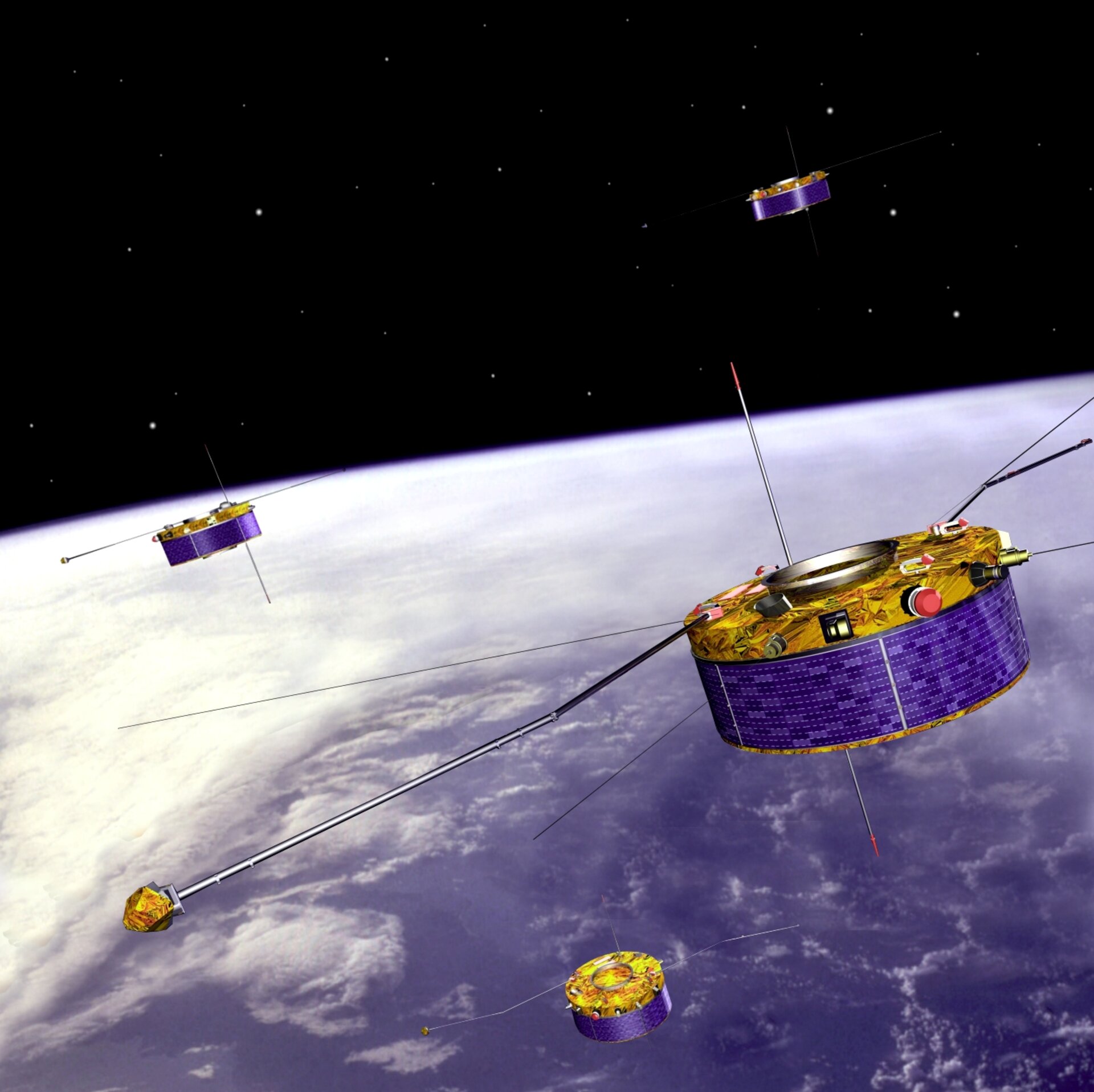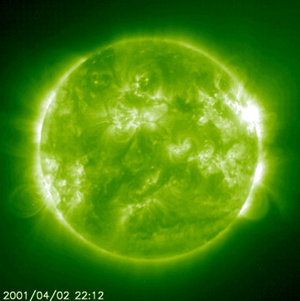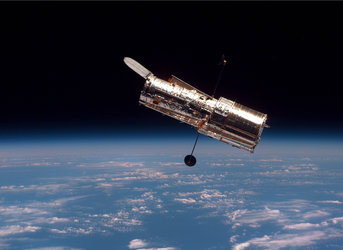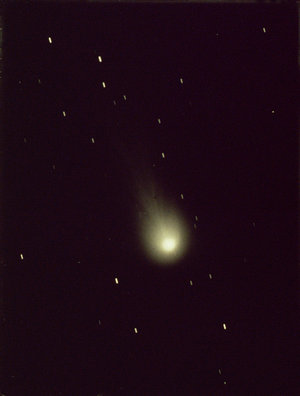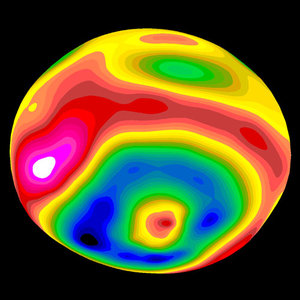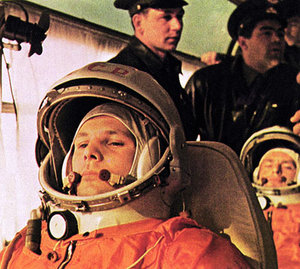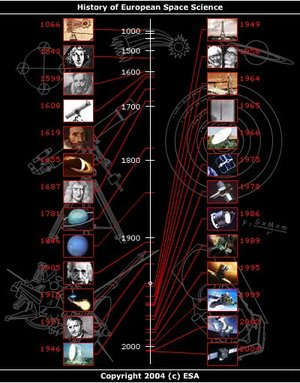3 April
1997: On 3 April 1997, ESA's Science Programme Committee approved a proposal to build and launch 'Cluster II'.
The Cluster mission was first proposed in November 1982. The idea was developed into a proposal to study the 'cusp' and the ‘magnetotail’ regions of the Earth's magnetosphere with a polar-orbiting mission. The Cluster idea developed into a proposal and then a mission. In 1996, Cluster was ready for launch.
Cluster was expected to benefit from a 'free' launch on the first test flight of the newly developed Ariane-5 booster. After several minor delays, the Ariane-5 lifted off from Kourou, French Guiana on 4 June 1996, carrying its payload of four Cluster satellites. Unfortunately, intense aerodynamic loads resulted in its break-up and initiation of the automatic destruct system.
To recover some of the unique science from the mission, ESA decided to build a fifth Cluster satellite (named 'Phoenix'). It would be equipped with flight spares of the experiments and subsystems prepared for the Cluster mission. Phoenix was expected to be fully integrated and tested by mid-1997, opening the way for a launch later that year. However, it became clear that the scientific objectives of the Cluster mission could not be met by a single spacecraft. There were proposals to rebuild three or four full-size Cluster spacecraft alongside Phoenix.
After a preliminary study, it was decided that a Soyuz rocket could launch a pair of Cluster spacecraft. However, the very eccentric orbit required a new upper stage. Two flights were completed in July 2000. The first pair of Cluster satellites was launched by a Soyuz-Fregat launcher from Baikonur Cosmodrome, Kazakhstan. The second pair followed one month later.

1966: On 3 April 1966, the USSR lunar orbiter Luna 10 was launched and became the Moon's first artificial satellite.
It was launched towards the Moon from an Earth orbiting platform and entered lunar orbit one day later. Scientific instruments included a gamma-ray spectrometer , a tri-axial magnetometer, a meteorite detector, instruments for solar-plasma studies, and devices for measuring infrared emissions from the Moon. Gravitational studies were also conducted.
Luna 10 was battery powered and operated for 460 lunar orbits and 219 active data transmissions before radio signals were discontinued on 30 May 1966.
1965: On 3 April 1965, SNAP 10A, the first nuclear reactor in space, was launched from Vandenberg Air Force Base in California, USA. It was activated by a signal from scientists on Earth about four hours later, and generated 500 kilowatt-hours of power during its life. While a ground-based version lasted 10 000 hours without problems, the orbiting reactor was shut down by an electrical failure in another of the satellite's systems after 45 days in operation. It is still orbiting the Earth.


